On April 18, 1919, the former president of the World’s Columbian Exposition met a tragic death.
Harlow N. Higinbotham was visiting New York to “meet the boys” of Illinois who had recently returned from serving in the U.S. military during the Great War. The eighty-year-old Chicagoan set out from his residence at the Ritz-Carlton Hotel on Central Park to the New York headquarters of the Illinois Soldiers’ Welcome Committee at 107 East 34th Street. Along the way, he stepped into the street at Madison Avenue and 45th Street and was struck by a U.S. Army ambulance that hurled him into the pavement. The truck driver (identified as both Corporal Frank Nooven and Frederick Norren) transported him to the Army Debarkation Hospital, where Higinbotham died several hours later from a fractured skull.
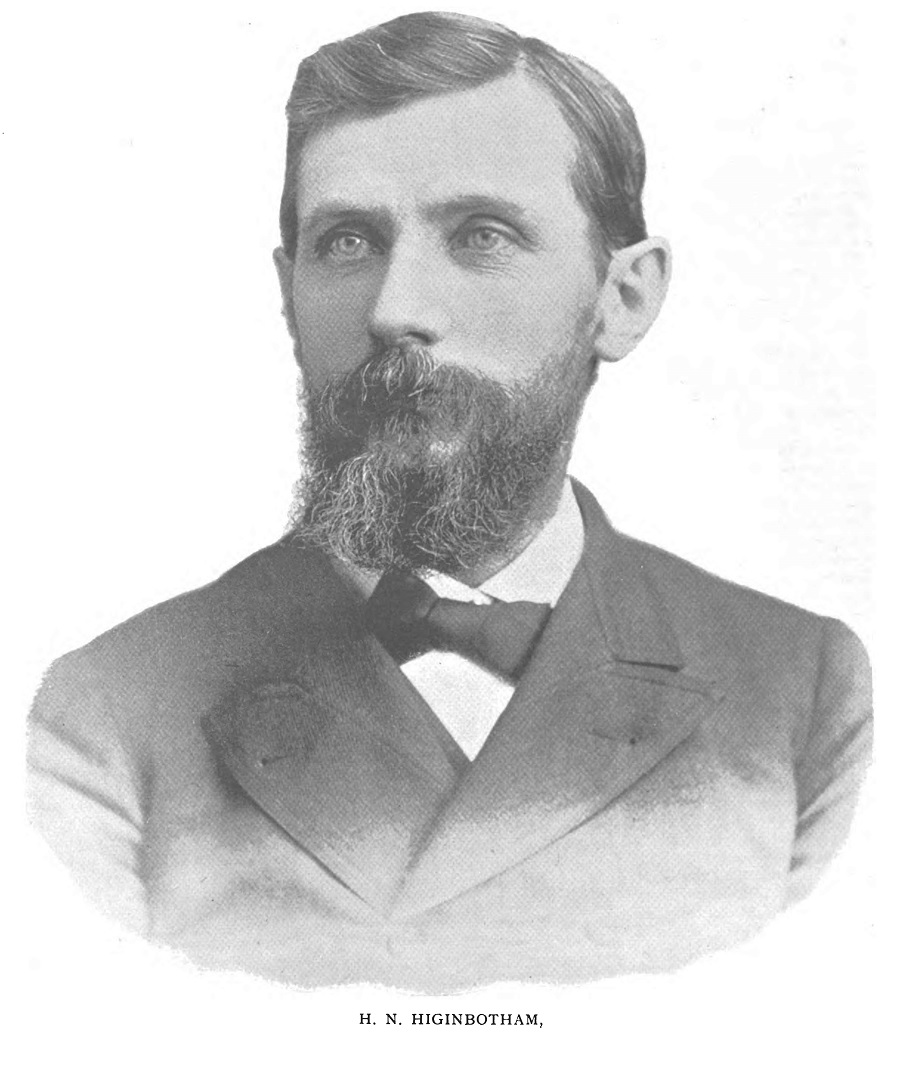
Harlow N. Higinbotham (Image from World’s Columbian Exposition Illustrated, Aug. 1892.]
Harriet Monroe recorded in her edited memoir of Higinbotham that, at the time of his tragic death, he “was still scarcely conscious of old age, and in full possession of vigor of body, mind, and spirit.” She pointed out his belief in pacifism and arbitration of international conflicts. “The Armistice brought to him, as to all the world, deep relief after the long and bitter strain,” wrote Monroe. “It was good that he lived to see the collapse of the anachronistic military autocracy which had caused the war, and to return, in spite of this cataclysm, to his firm belief that the days of war are numbered.”
Chicagoans remembered Higinbotham as “a man of high ideals”, “a big, generous man” and “one of the best citizens Chicago ever had.” The Chicago Tribune noted that “he was one of the citizens who made the Columbian exposition possible.”
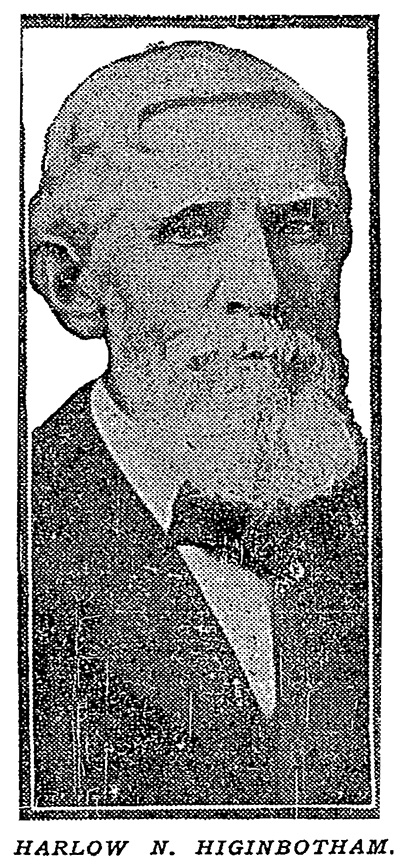
Harlow N. Higinbotham. [Image from the Chicago Tribune April 19, 1919, p. 17.]
The death of our former president, Mr. H. N. Higinbotham, revives memories of the vast service which he rendered for the great trust imposed upon him, which the people of the nation and Chicago can never fully realize.
Mr. Higginbotham’s career was not only masterful and self-sacrificing in connection with the exposition, but he was one of the greatest philanthropists in the history of our community; he was unselfish and was always doing for others in charity work in connection with the many splendid institutions which he founded and governed.
The final resting place of Harlow N. Higinbotham is a peaceful site on the eastern shore of Lake Willowmere in Graceland Cemetery, close to several of the World’s Fair architects and directors.
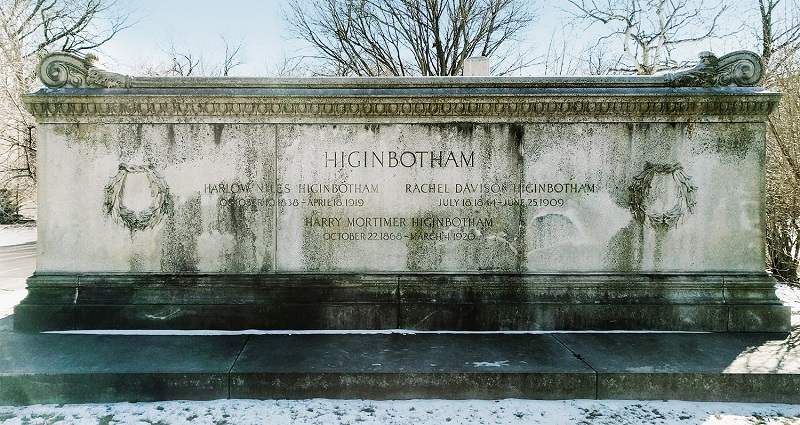
The grave of Harlow N. Higinbotham in Graceland Cemetery, Chicago.
SOURCES
“Harlow N. Higinbotham” Chicago Tribune, Apr. 19, 1919, p. 8
“Higinbotham Funeral to be Held Tomorrow” Chicago Tribune, Apr. 20, 1919, p. 15.
“H. N. Higinbotham Killed” Brooklyn Times Union, Apr. 19, 1919, p. 3.
“H. N. Higinbotham Killed by Army Car” New York Herald, Apr. 19, 1919, p. 11.
“H. N. Higinbotham Killed in East by Motor Car” Chicago Tribune, Apr. 19, 1919, p. 17
“Higinbotham Funeral to be Held Tomorrow” Chicago Tribune, Apr. 20, 1919, p. 15.
Monroe, Harriet. Harlow Niles Higinbotham. A Memoir with Brief Autobiography and Extracts from Speeches and Letters. [R.F. Seymour], 1920, p. 45.
“Old Associates Pay Tribute to Higinbotham” Chicago Tribune, Apr. 24, 1919.

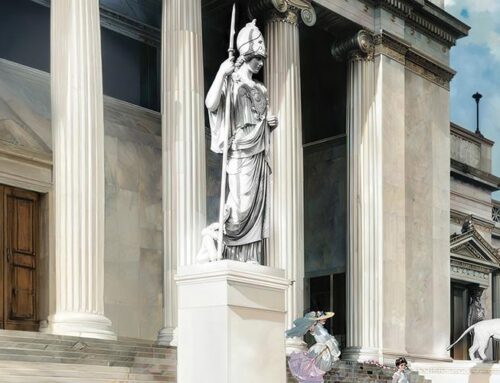
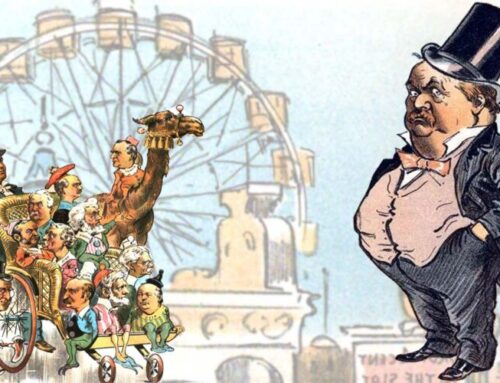
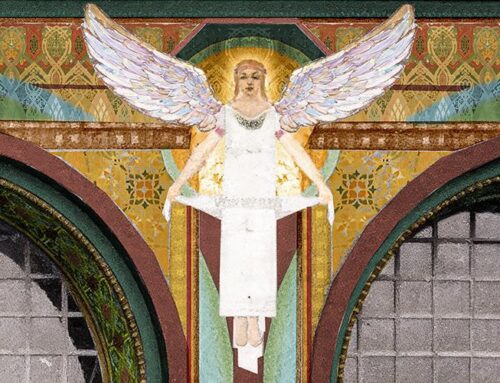
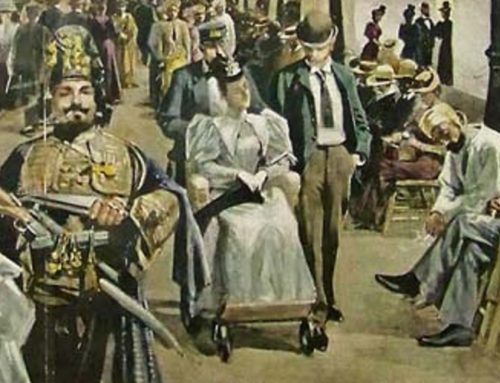

Leave A Comment